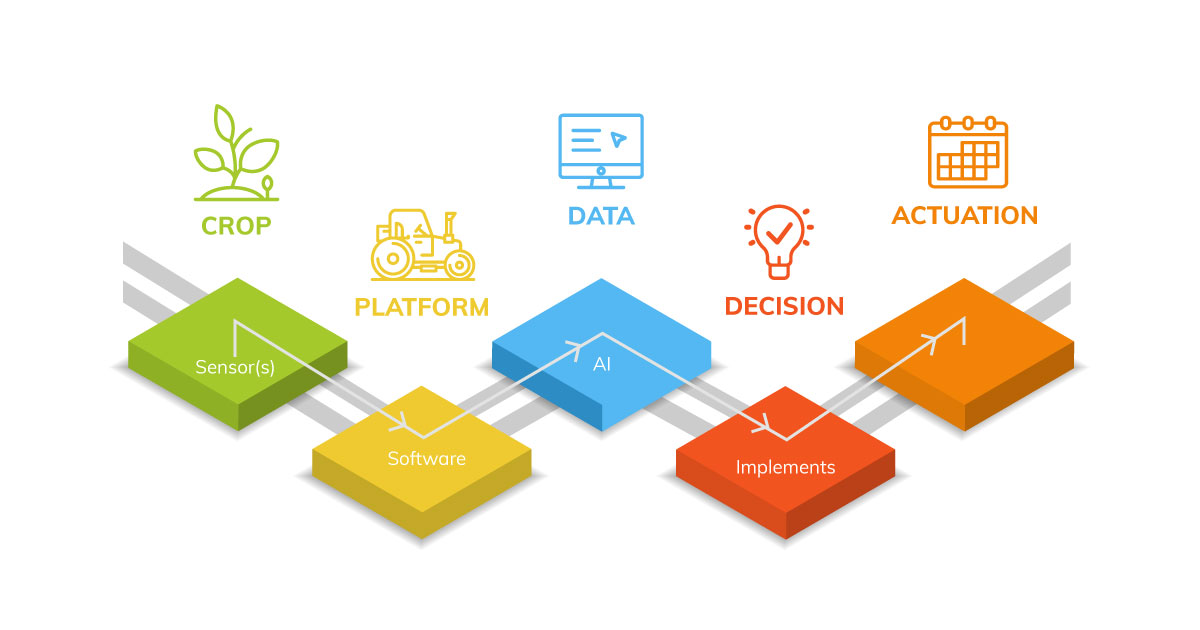Why is data crucial in smart farming?

Posted on |
Today’s agriculture is shifting to a more scientific and data-driven approach. Data-driven methodologies are replicable, allowing successful techniques to be applied and adapted for different conditions. While data collection and process automation are important, it is data management that ensures meaningful information reaches the right users.
An agriculture management system like Quarto by LintraMax serves as a central data hub for every aspect of an agribusiness’ operations. It integrates critical components such as payroll, inventory, sales and tracks planting work. As a result, key decision makers can see the causation of how one component can affect another and identify root problems.
Here’s how Quarto’s data-driven approach can benefit agribusinesses:
Workforce management
Quarto lets you efficiently manage a labour workforce of hundreds to thousands. Every worker’s contract and piece rate entitlements are stored in a central database. As field supervisors assign tasks to workers and perform field inspections, senior managers stay up to date with the progress. They know how many workers are assigned to each estate, and what they are working on, and the resources used.
In addition, this also improves security and traceability. Managers can easily check for absenteeism or phantom workers. For example, they can pinpoint any resource or harvest discrepancy in an estate block and identify the workers involved. Quarto also facilitates easy worker transfers and reassignments, so large estates are less likely to have a bloated or idle worker pool.
Effective, data-supported decisions
A data-driven approach lets agribusinesses establish baselines for budget and expenditure based on regular patterns. By keeping record of how much fertilizer is used every month, managers also know how much to stockpile and not over order.
Having this data also allows planning for recurring issues. One such issue is rainy seasons, which disrupts harvesting and manuring work. Therefore, managers can assign more workers and budget for more overtime work to ensure timely harvesting and evacuations. At the same time, this also reduces the likelihood of fruit spoilage.
A foundation for other technological advances
A data-driven methodology and workflow positions agribusinesses to leverage new technology as they become available. Already, mapping technology is becoming more widespread in agriculture, as it better represents production data than spreadsheets can. But the use for maps don’t end there.
For example, estate managers know where to send trucks to collect harvests because they have GPS tags. Collected field data can also integrate with drone footage for more detailed maps.
Apart from helping plan land usage and infrastructure setup, this also allows us to potentially use artificial intelligence (AI). For example, AI can scan drone maps to identify diseased or dead trees and perform a tree census to give a more accurate yield estimate.
The possibilities of data-driven agriculture are vast. It is the next step in the Agriculture Revolution. Let Quarto empower your business with new insights for better cost control and operational visibility while allowing you to plan and budget with greater precision.
